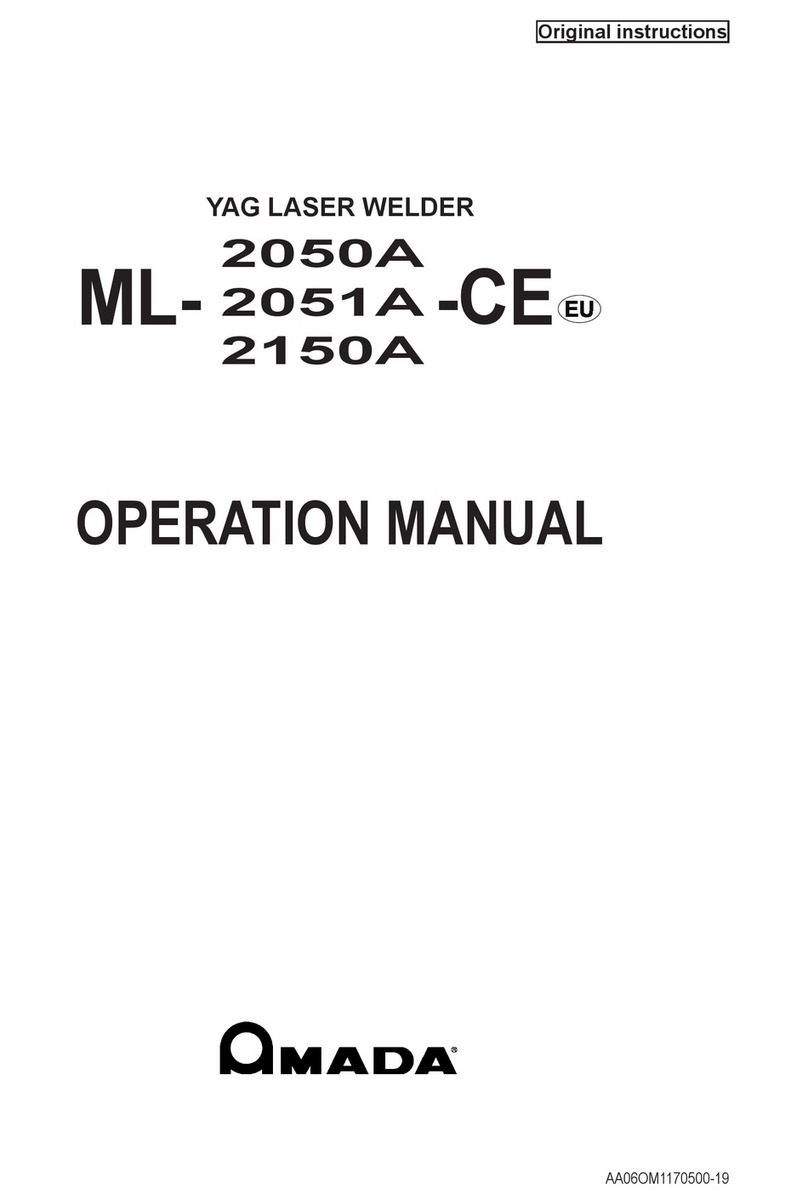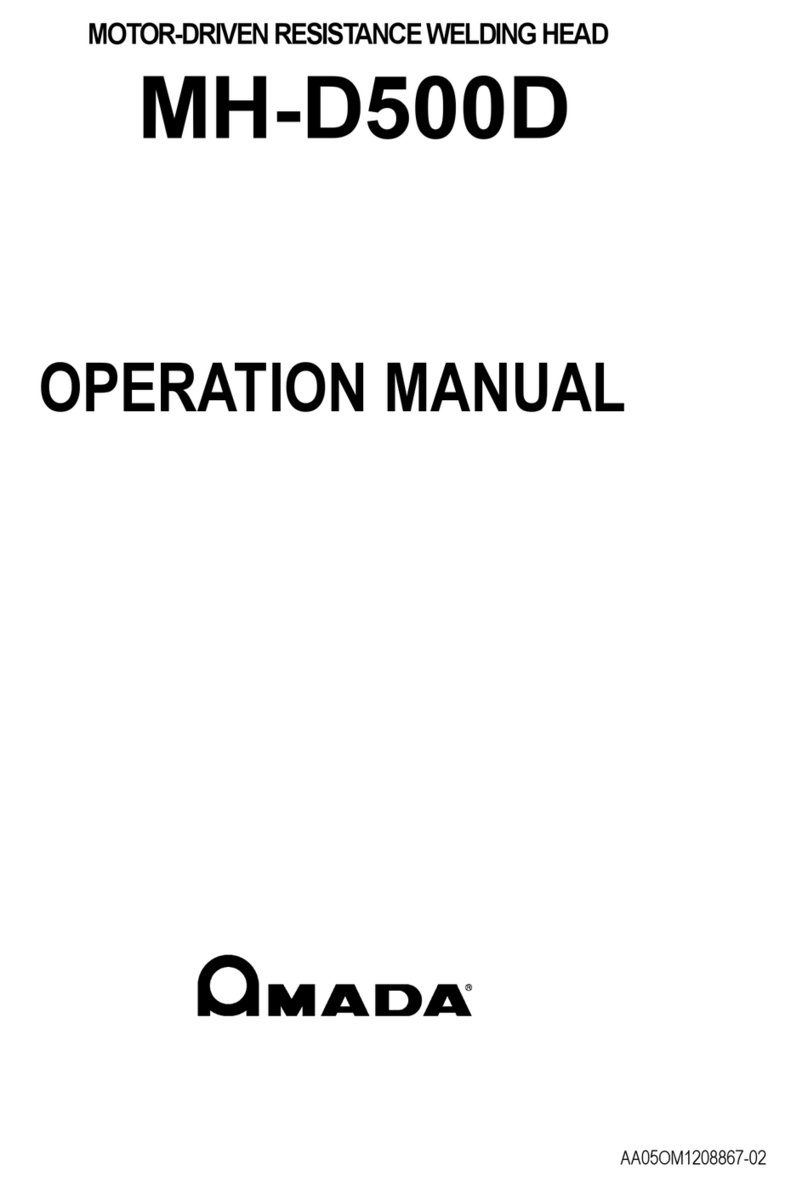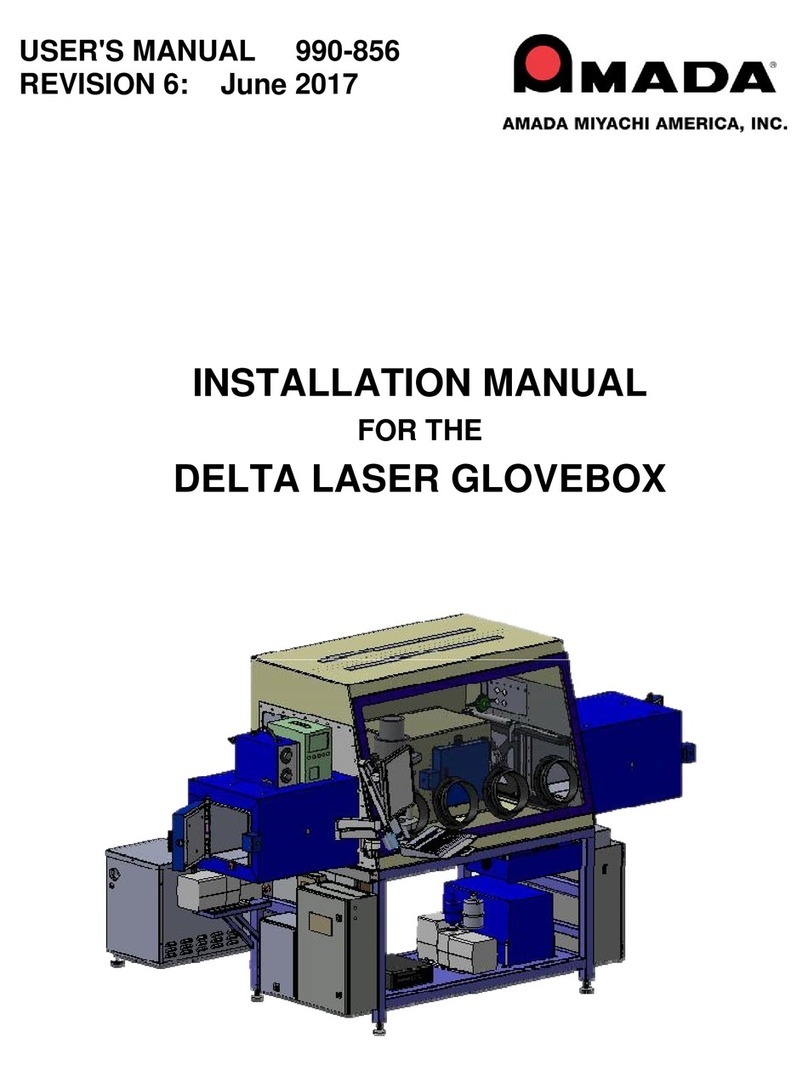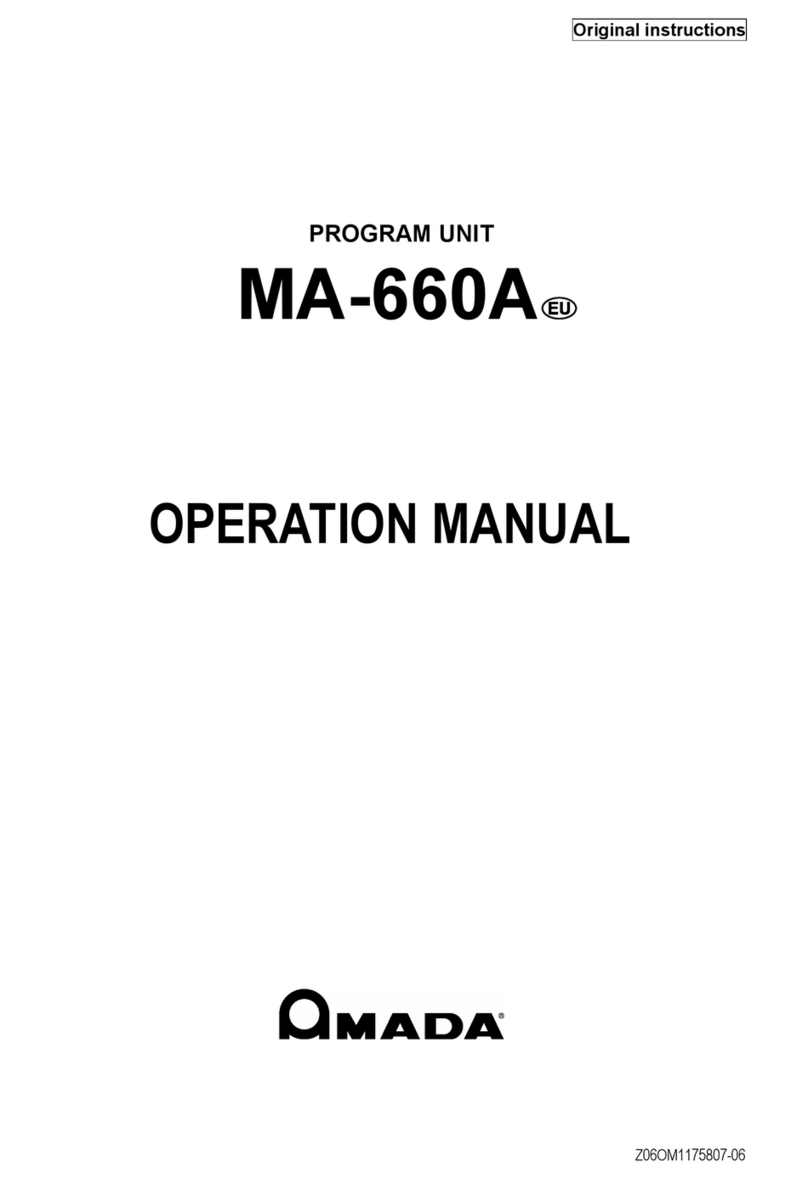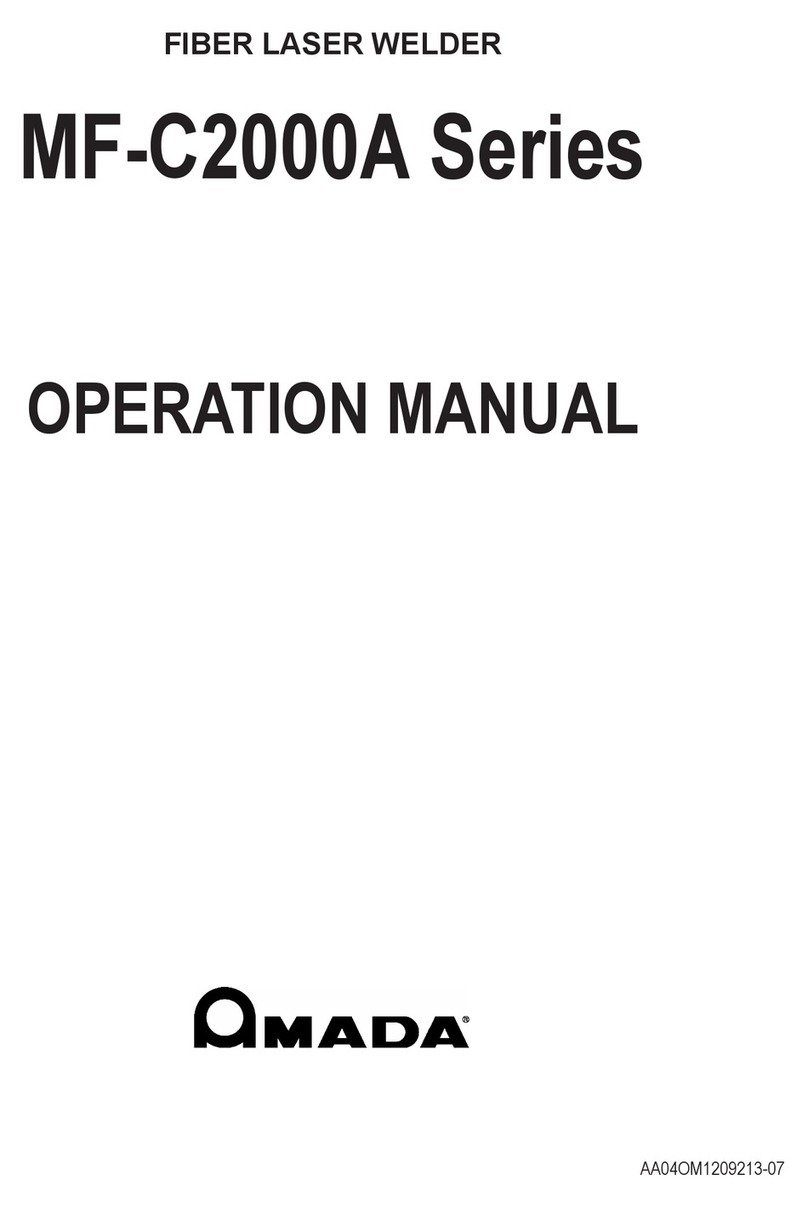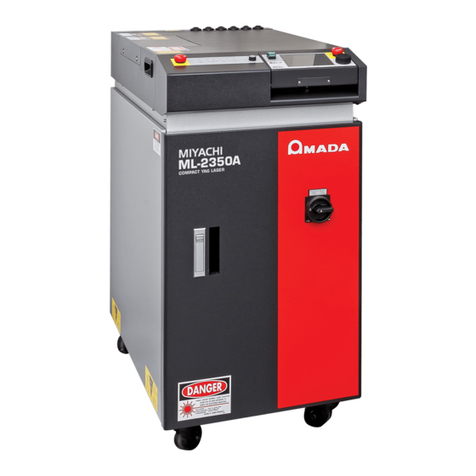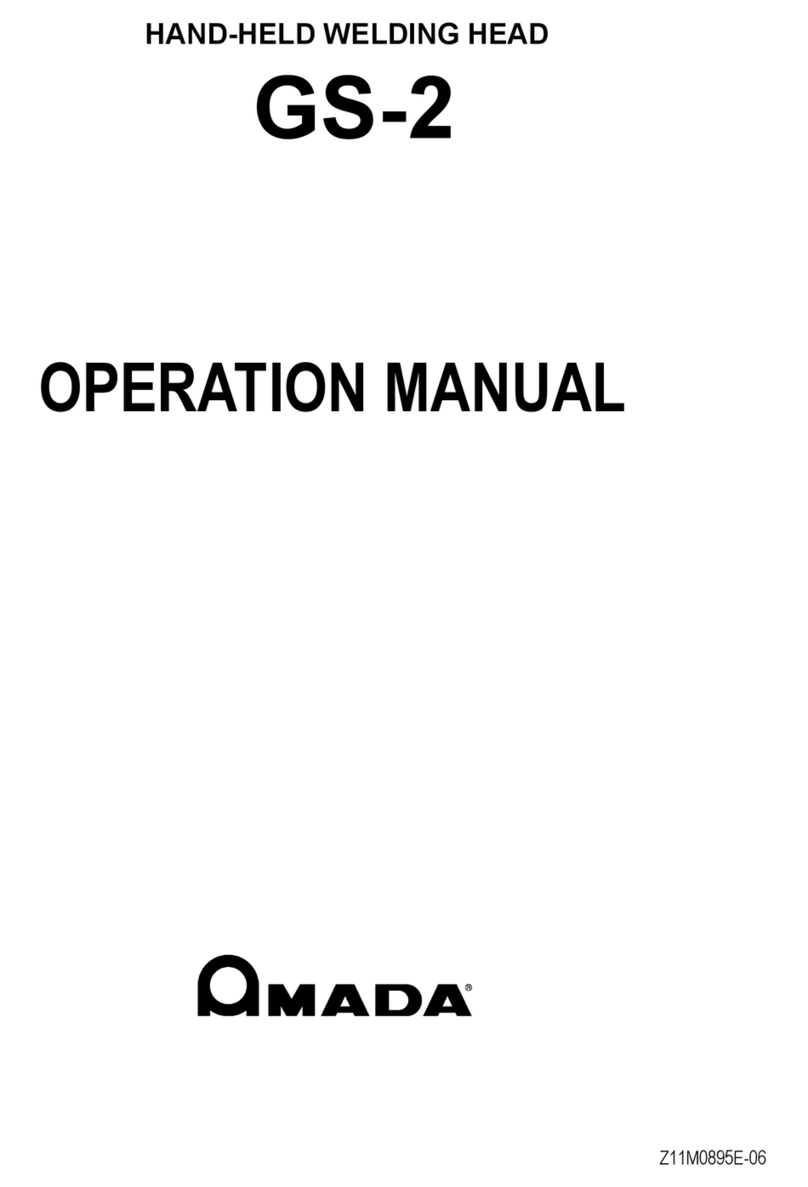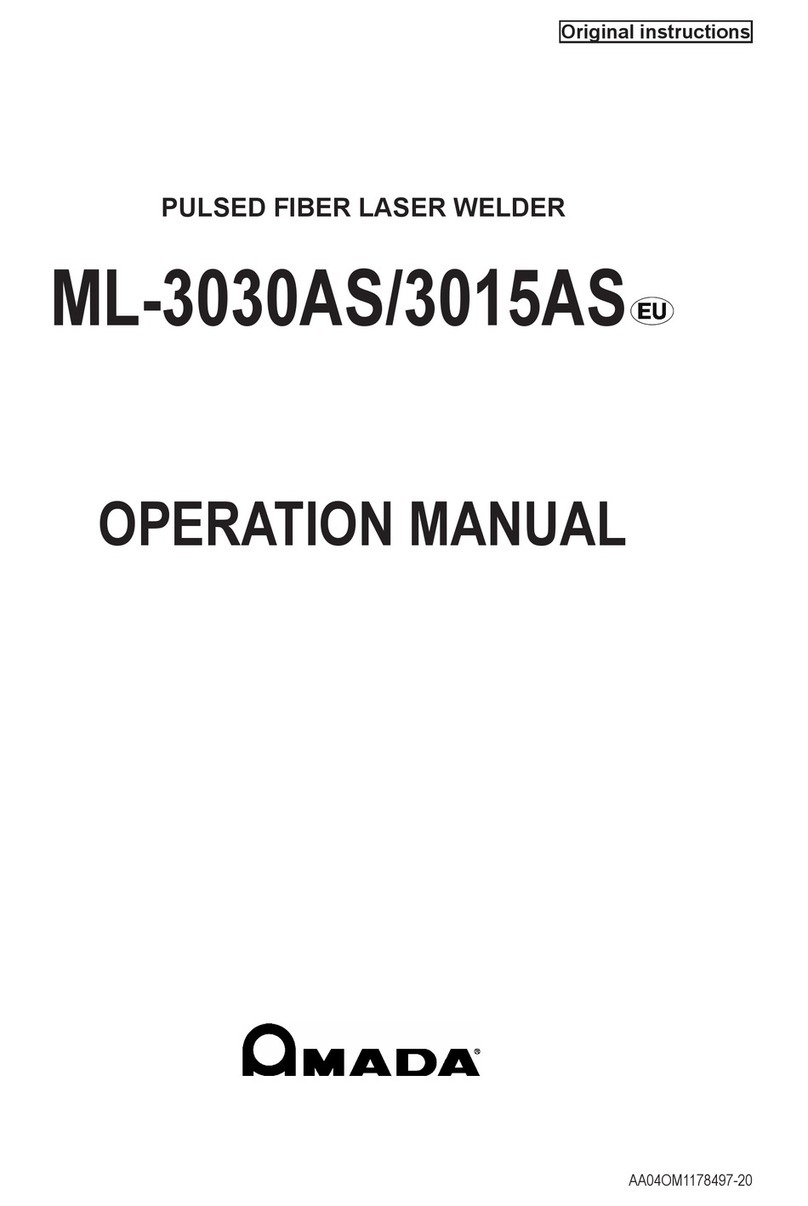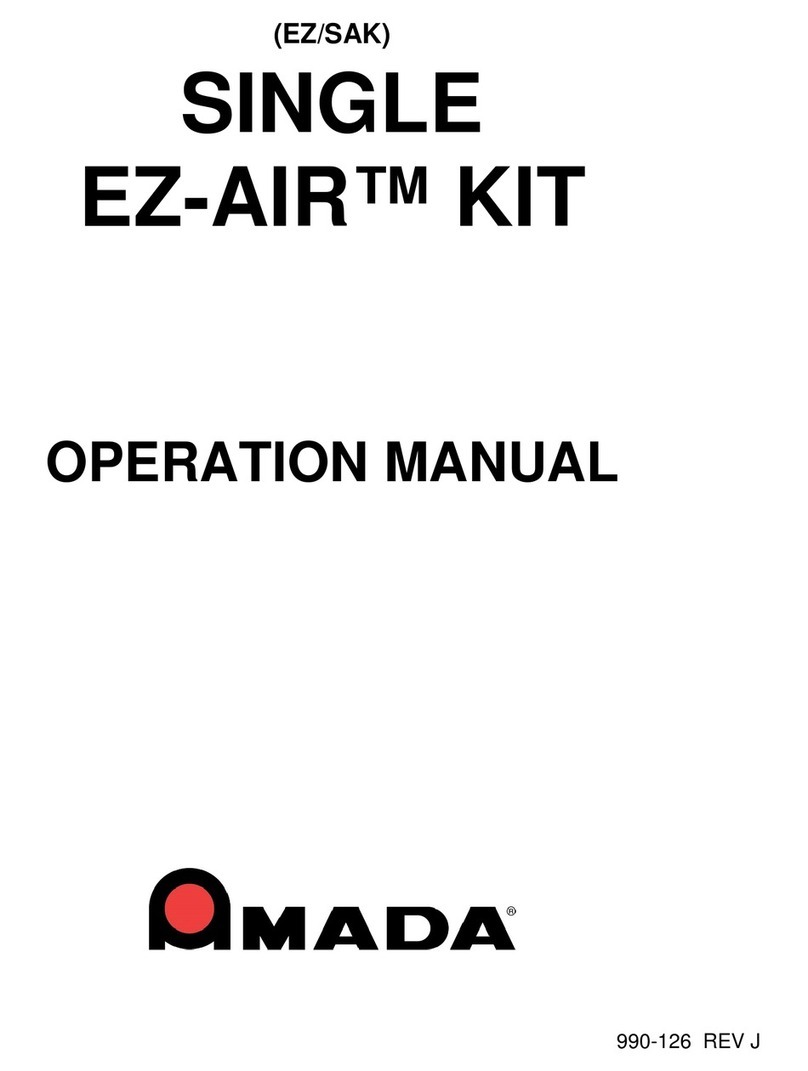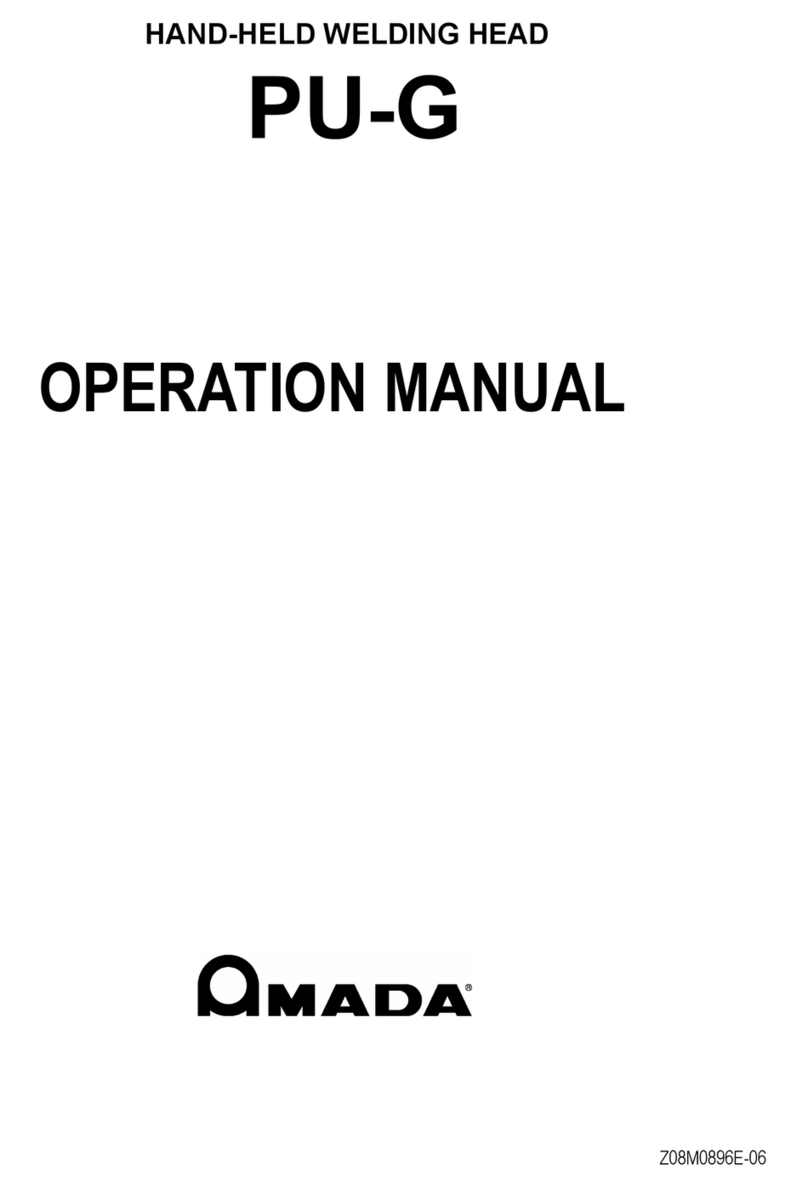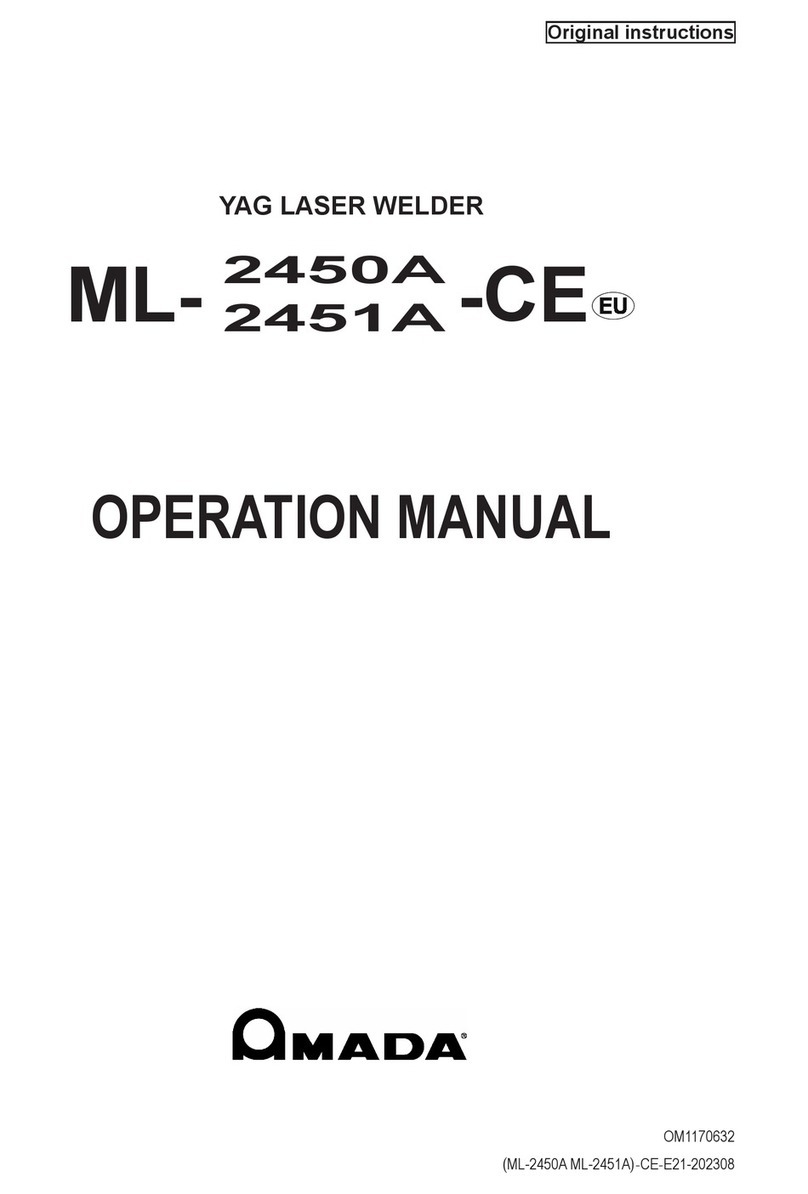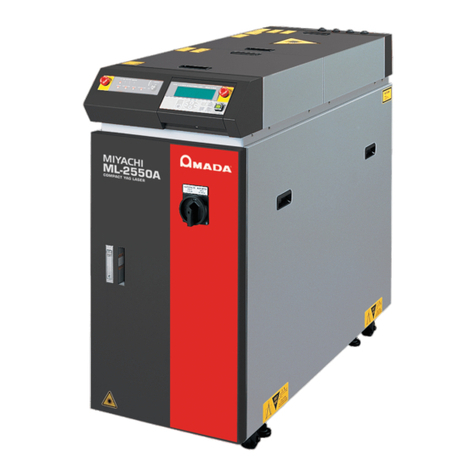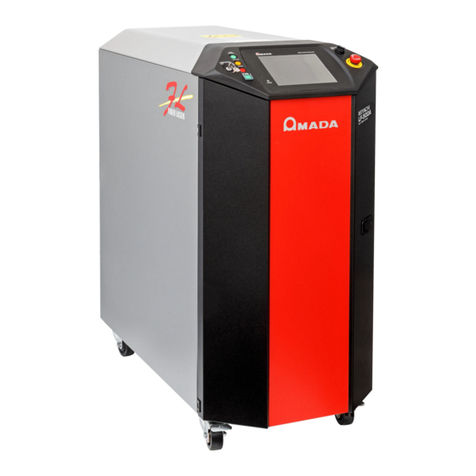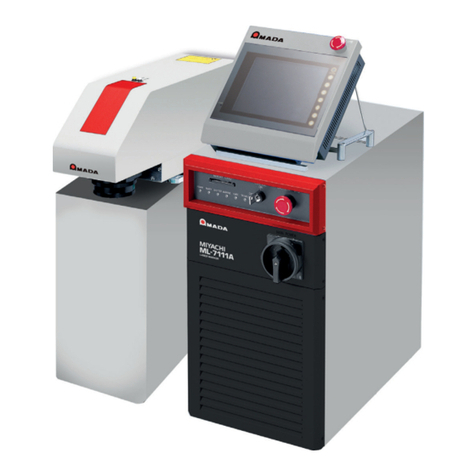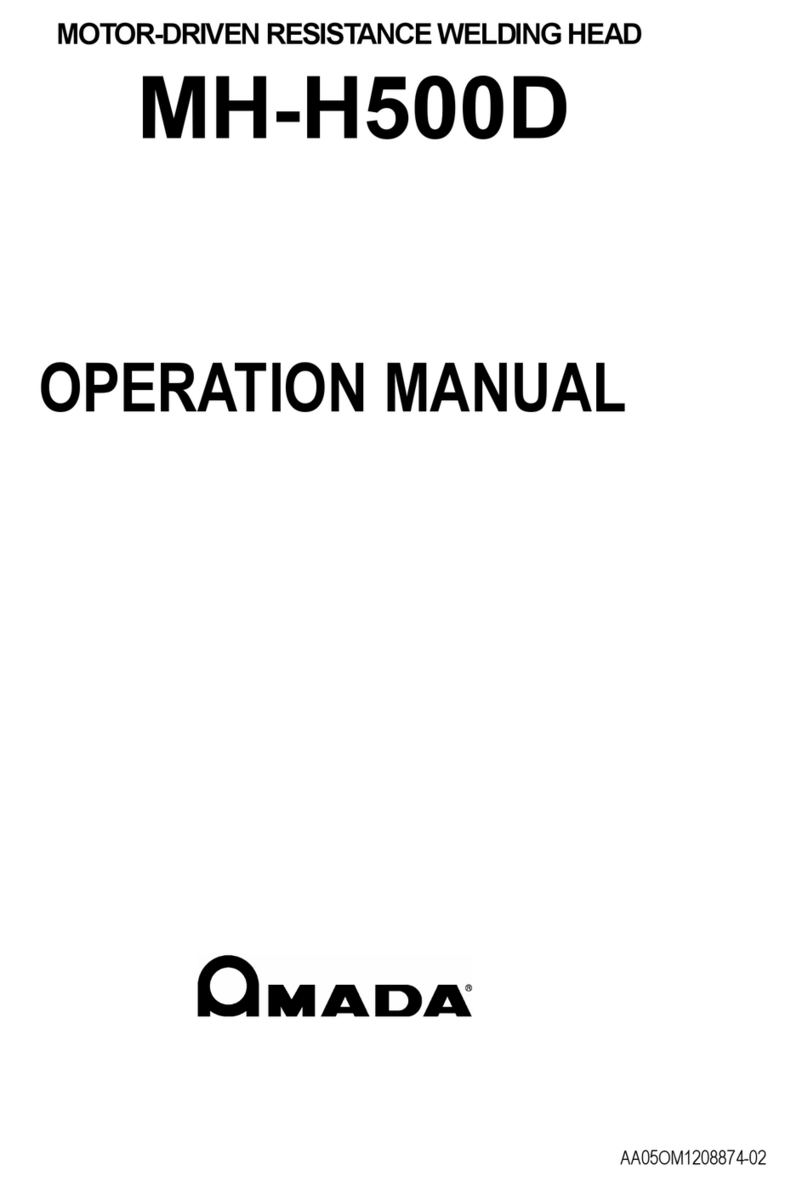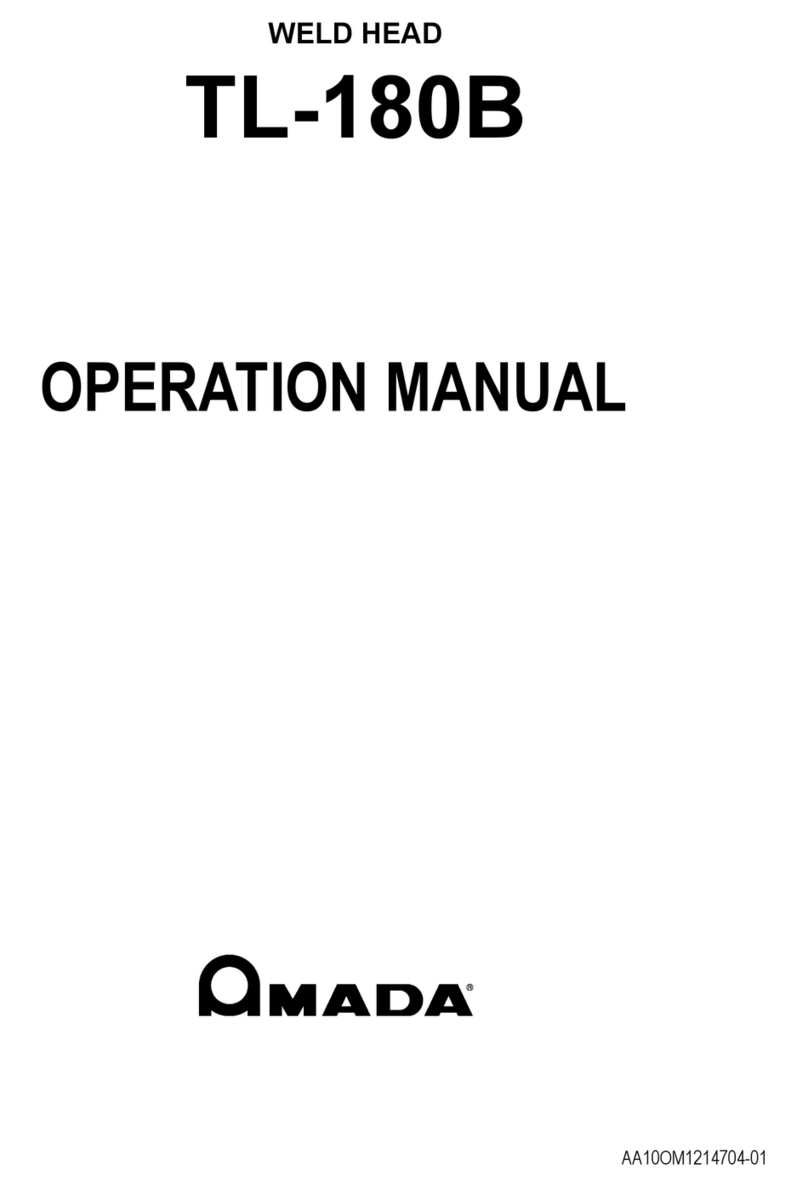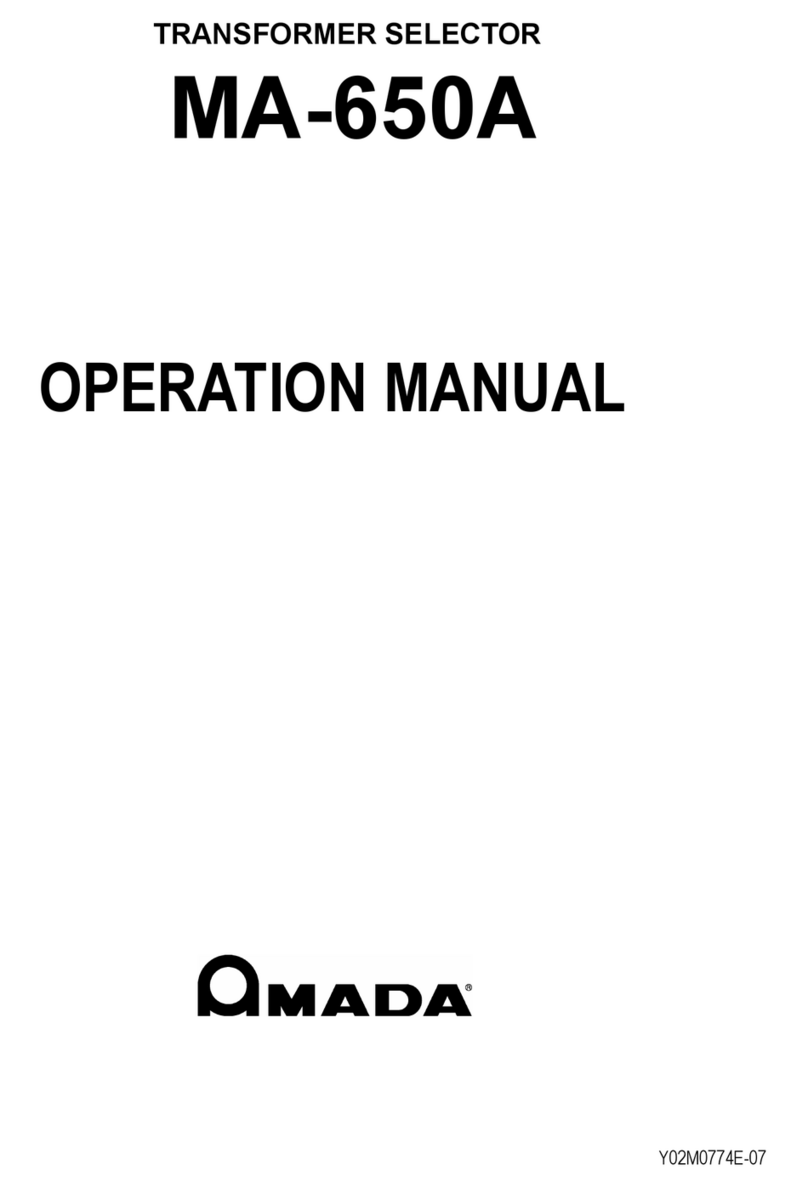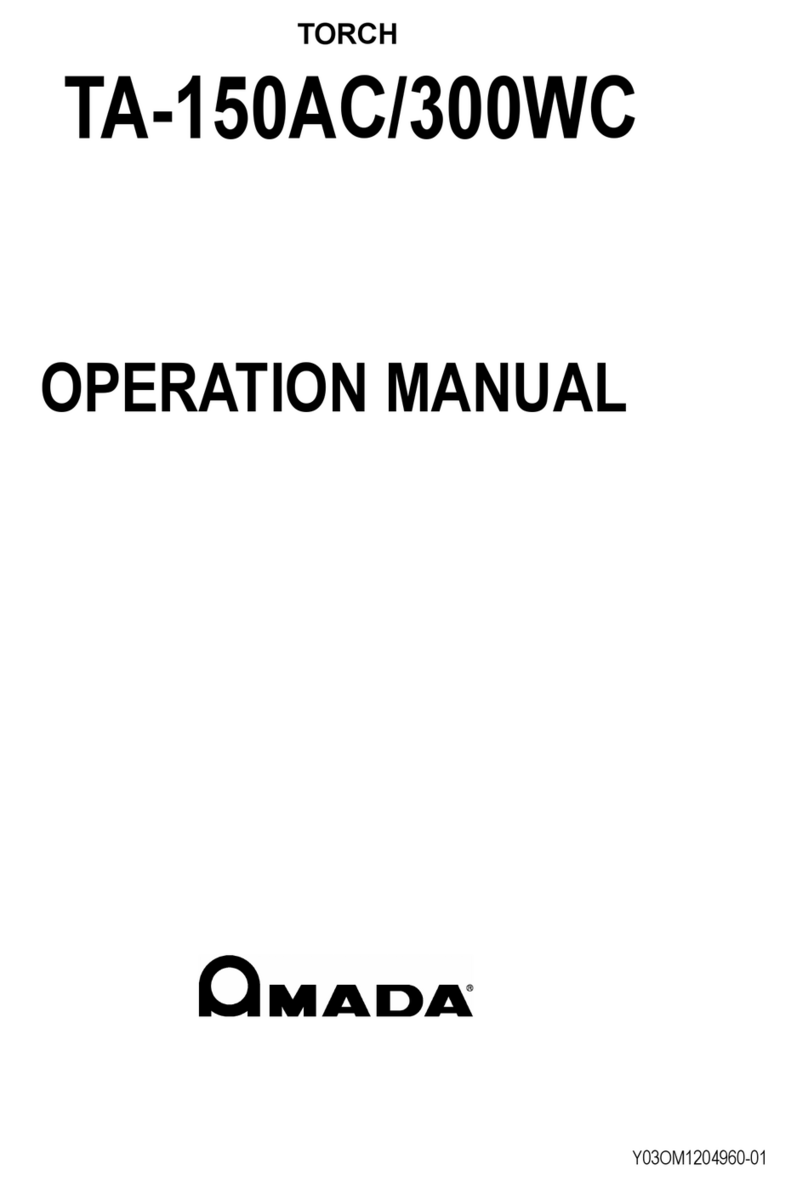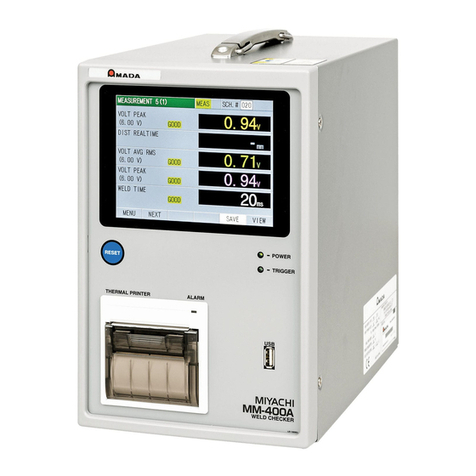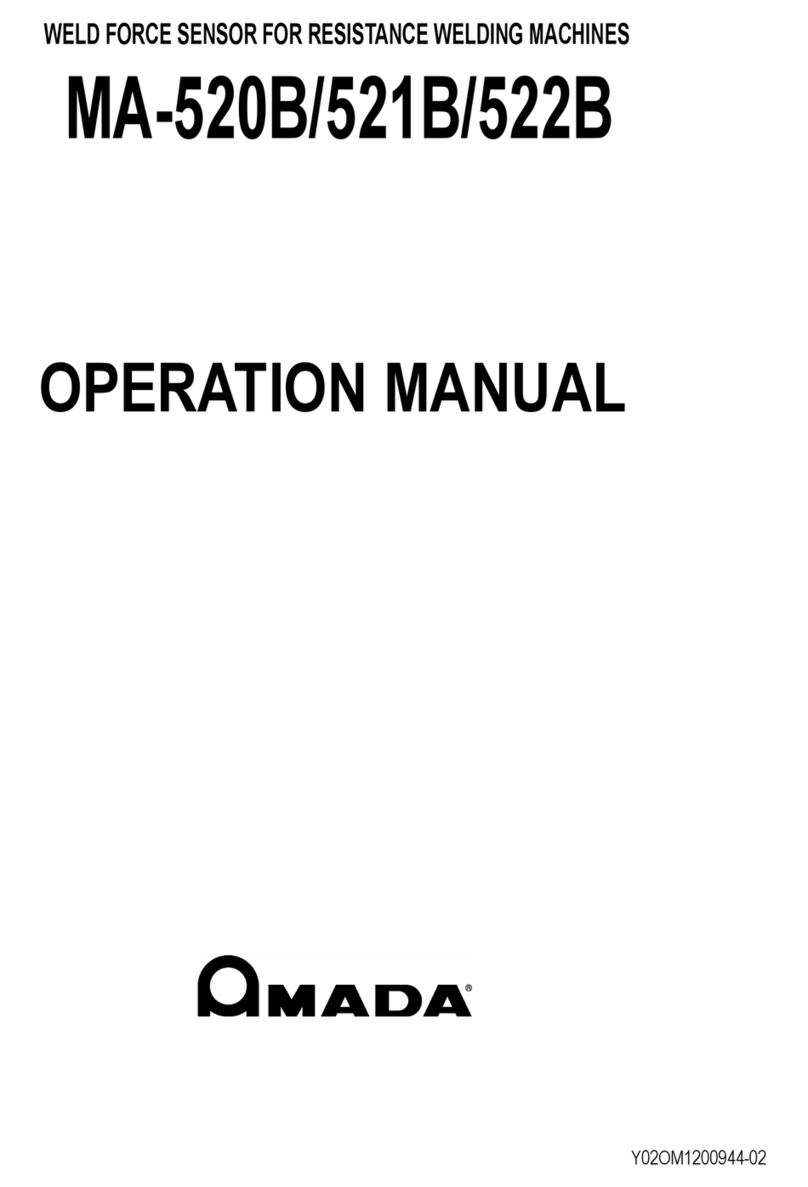
Operating Instructions PA-xxP
Table of Contents
961-00035 rev11 3/42
Table of Contents
1 General Information ...........................................................................................................5
2 Technical Description ........................................................................................................6
2.1 Technical Specification .....................................................................................................6
2.2 Introduction ........................................................................................................................7
3 Commissioning ..................................................................................................................8
3.1 Electrical Connections ......................................................................................................8
3.2 Shield Gas Connections ....................................................................................................9
3.3 Rear Panel Layout ........................................................................................................... 10
3.4 Getting Started ................................................................................................................ 12
3.4.1 Power on .......................................................................................................................... 12
3.4.2 The Default Menu Screen ............................................................................................... 12
3.4.3 Information Colour Coding Key ..................................................................................... 13
3.4.4 Memory Organisation ..................................................................................................... 14
3.4.4.1 Memory Locations (Profiles) ............................................................................................. 14
3.4.4.2 Scratchpad Memory .......................................................................................................... 14
3.5 Limit Functions ............................................................................................................... 15
3.5.1 Monitored Limit Parameters .......................................................................................... 15
3.5.2 High Voltage Limit .......................................................................................................... 15
3.5.3 Low Voltage Limit ........................................................................................................... 15
3.5.4 High Energy Limit ........................................................................................................... 15
3.5.5 Low Energy Limit ............................................................................................................ 15
3.6 Password Entry Screen (Log in/out) ............................................................................. 16
4 Setup (Man mode) ........................................................................................................... 17
4.1 Setup screen .................................................................................................................... 17
4.2 Setup (Man mode) Graph Screen .................................................................................. 19
4.3 Setup (Man mode) Load Screen .................................................................................... 20
4.4 Setup (Man mode) Save Screen .................................................................................... 21
5 Profile Editor .................................................................................................................... 22
5.1 Profile Editor screen ....................................................................................................... 22
5.2 Profile Editor Load Screen ............................................................................................. 24
5.3 Profile Editor Save Screen ............................................................................................. 25
6 Run (Auto Mode) ............................................................................................................. 26
6.1 Run (Auto Mode) Main Monitor Screen ........................................................................ 26
6.2 Run (Auto mode) Monitor Screen .................................................................................. 27
6.3 Run (Auto mode) Load Screen ...................................................................................... 30
7 Configuration Screen ..................................................................................................... 31
8 Gas Control Screen ........................................................................................................ 32
9 IO Monitor Screen ........................................................................................................... 33
10 Control Connections ...................................................................................................... 34
